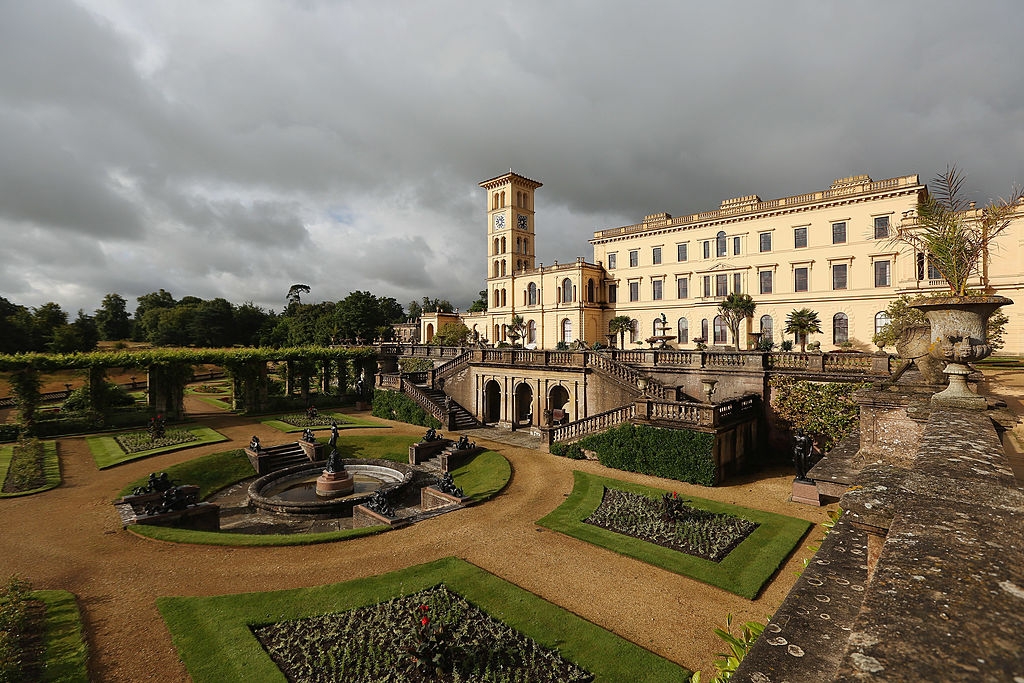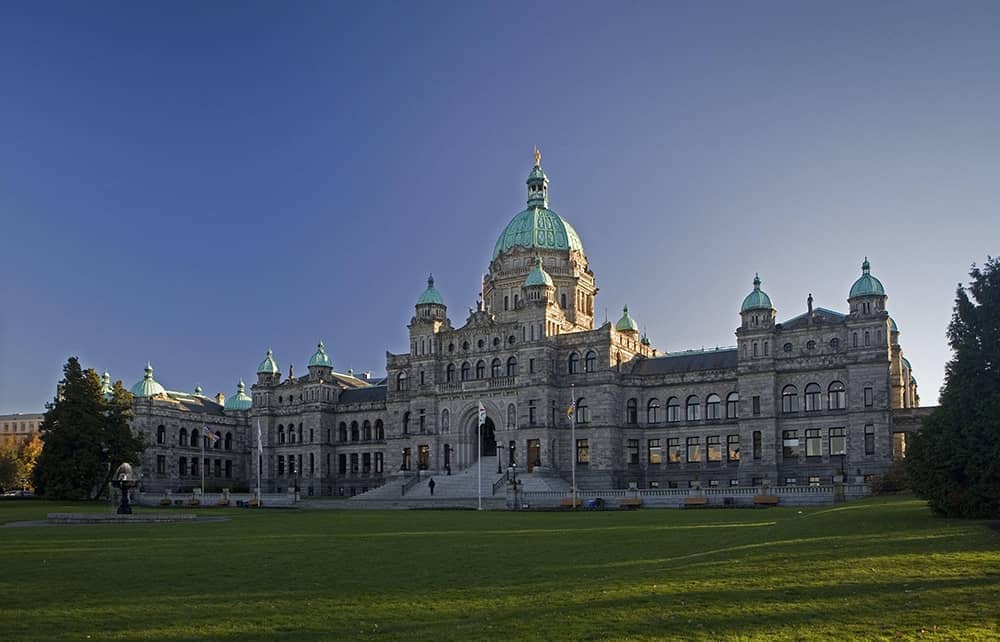Here’s a thing. A disturbing book about disturbing cities. And it’s full of loaded questions. Like Hezbollah, the publisher uses the silhouette of an automatic weapon as its logo. This is a trigger warning.
Jonathan Swift wrote:
All poets and philosphers who find Some favourite system to their minds In every way to make it fit Will force all Nature to submit.
So I give you Owen Hatherley, an architectural critic of the left, adept in the predictable tropes of Guardian-sprache, who exists in a world, as he often tells us, defined by concepts of colonial domination, exploitation and ocean-going misery. As Lionel Trilling observed, leftish people are always glum because things are never quite as perfect as they wish them. Rightish people have more fun. If you don’t want to read about ‘on-going imperial wars’, look away now.
Queen Victoria’s Osborne House on the Isle of Wight is reproduced in Brisbane, Auckland and Montreal
Hatherley’s subject is the architecture of the ‘trans-oceanic white settler superstate’ of CANZUK – Canada, New Zealand, Australia and the UK. Imperial overreach led to many absurdities, described here with disapproval rather than amused wonder: Queen Victoria’s Osborne House on the Isle of Wight is reproduced in Brisbane, Auckland and Montreal. Melbourne has suburbs called Croydon and Notting Hill. Why? Because, in the Hatherley Version, the dominant global culture imposed itself on innocent primitives and ‘forcibly seized’ their territories. An awful lot of forcible seizing goes on in this book. It is a jargon-heavy moan of the perpetually dispossessed.

Hatherley writes spirited walkabout conversations with cities – not as nocturnally baroque as Jonathan Meades, nor as beery and amusing as Ian Nairn. His account of Australia leans heavily on Robin Boyd’s The Australian Ugliness, a marvellous and original book. His description of New Zealand does not match the oneiric madness captured by Duncan Fallowell. And Hatherley has missed Mordecai Richler’s wonderful anecdote about Canada’s name. On a map of North America, the conquistadors wrote Acqui esta nada (Here there is nothing). The conquering Victorians later filled that nothingness with job lots of Victorian municipal pomp, soon followed by B-roll Americana.
Myself, I have enjoyed the cognitive dissonance of Malta, where menhirs and Sicilian baroque are overlaid by Victorian Gothic and the occasional bright red K2 telephone box. I like messy cities. I like a good architectural palimpsest. Autocrats, of course, prefer system and clarity. Yet I concede not all artificial islands are delightful. A friend, recently returned from Canberra, said he wouldn’t have minded going there to see a newly discovered Giorgione; it was not, however, vaut le voyage for the architecture.
Yet British overreach was not limited to the oppressed colonies: Los Angeles, in the land of the free, has major monuments designed by a Scotsman. Britannia ruled the building sites as well as the waves. The Massachusetts General Court once heard, on celebrating the naming of Plymouth,
Let us also plant here the other names of England. When we raise our eyes to the hills, let us look to Chiltern and Cotswold… .Let the Charles [River] be called Thames.
There’s a practical problem in writing a book about cities few readers will have ever visited: you need generous illustrations. Instead, we get only Hatherley’s murky DIY snaps, but I suppose this is to escape the coercive hegemony of professionalism (while also neatly avoiding the bourgeois matter of fees and rights). Artificial Islands is like Pevsner and P.J. O’Rourke’s Holidays in Hell uncomfortably combined and, absurdly for a book about cities, it works as a violent deterrent to wanting to visit any of them (other than cosmopolitan Montreal which excites a small ripple of delight). But the book’s essential flaw is that it sees buildings only as expressions of ideology, not as art. That’s the Marxist way.
Meanwhile, the publisher wants to escape from ‘capitalist realism’ and seeks to ‘enter history and assert control over its currents’. Lock and load your weapons, pass the Molotov cocktail while I concentrate on my martini and explain how this book might have been better.
A truly subversive act by the publisher would have been to hire a talented designer to create a beautiful book, although that would be surrendering to elitist concepts of excellence. As it is, the typography is careless, the lay-out clueless and the effect mournful. But followers of Hatherley do not expect joie de vivre and are prepared for hardship.
A foundation principle of Artificial Islands, unstated but ever present, is that territory belongs inalienably to the indigenous. Certainly it is possible to sympathise with the Maoris for having their lands forcibly seized and tribal huts replaced by town halls and shopping malls in a place now called Auckland. But to deplore it as a matter of principle is surely as daft as wishing the Iceni, Epidii and Carvetii had reassumed authority for town planning after the Romans upped and left Britannia. Anyway, if people were inalienably tied to their place of origin, Hatherleys would still be flint-knapping in the woodland clearings of Shropshire established by the woman Athryth. And Bayleys in the Flemish Hauts-de-France.
Hatherley’s convictions are real, but so too are those of a hectoring Trot in the students’ union. Artificial Islands is not a fun read: it is a fugue of dissent and rallentando of grim nihilism which failed to persuade me that I want to escape capitalism entirely, the author’s own declared ambition. And it ignores the central truth of successful urbanisation: you don’t finish cities, you start them. Toronto might be grim, but it’s only a beginning. Rome was not built in a day. Cities are works in progress, not closed books.






Comments